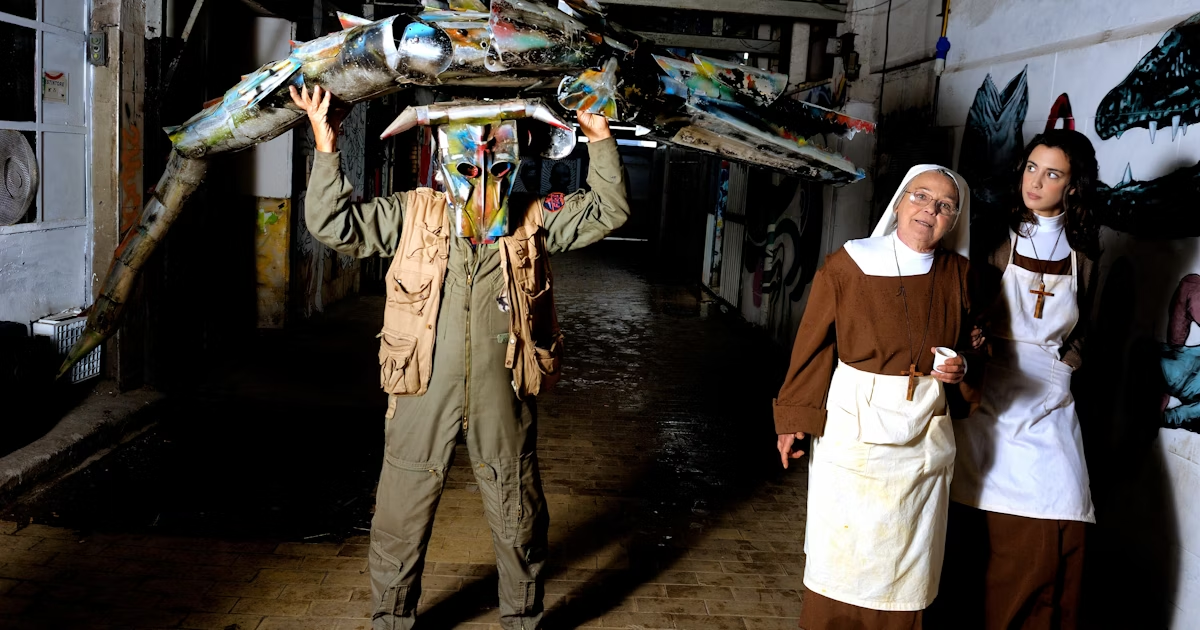
The artists also brought embellishments and material improvements to the lives of the residents. Davide Dormino created a piece called ‘Scala Reale’ (‘royal flush’, or literally, royal stairway), after stumbling on a half-destroyed step of a staircase that carries dozens of people to the apartments from the common areas every day. So, “it was rebuilt in Cor-Ten steel, transforming it into a real work of reclamation of the place, with the aim of making the ascent and descent safe for the citizens of Metropoliz. Also, children use it to learn to count.” It is one of Dormino’s favourite works: “People kept telling me: ‘This is art!’ I will never forget the children’s gratitude.”
There are also ephemeral projects that aren’t painted on the walls, but have left a mark on its audiences. Workshops, seminars, lessons, conferences, are all but the beginning of “a universe of things that can pass through these walls”, if they should ever be too full for art, says MAAM’s curator. Artist Venturi recalls a multilingual reading of the Universal Declaration of Human Rights, after which a child asked if the document could remain inside her home. It still hangs in the dining room where residents share meals.
The artist’s experience working in this communal, multi-purpose studio was a lesson in collaboration. “There is always someone passing by, asking questions, and if you need help, you can always find a resident or another artist willing to lend a hand.”
Unfortunately though, the surrounding area has not always welcomed Metropoliz’s residents. The local area of Tor Sapienza has seen racism against migrants, and on occasion, violent outbursts. However, the wider world’s reception has been very different: “the first to celebrate MAAM were writers who came here from the New York Times. But the neighbourhood still sees it as a place inhabited by gypsies,” says de Finis.







